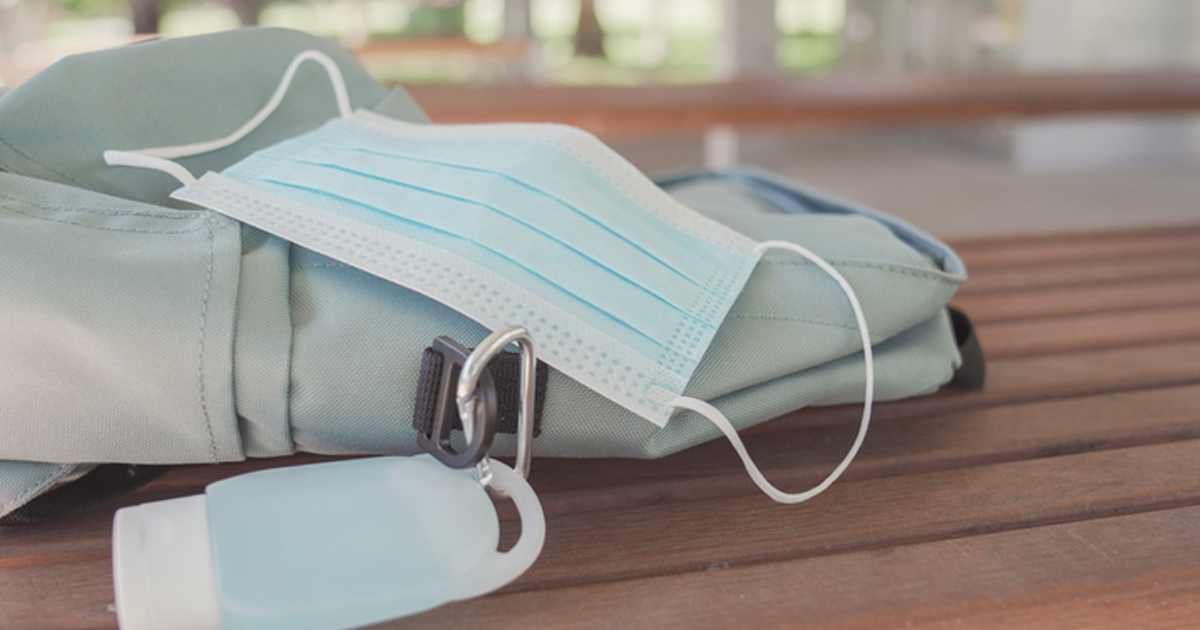Operating Schools in a Pandemic: Predicted Effects of Opening, Quarantining, and Closing Strategies
- Precautions such as requiring masks can measurably reduce infection spread in schools.
- Infection rates in elementary schools are likely to be lower than in secondary schools employing the same operating strategies.
- Hybrid approaches where smaller groups of students wearing masks attend in person part-time dramatically reduce the total number of likely infections in a school. The models suggest that under a hybrid approach with precautions, most infections coming from outside the school will produce zero additional infections in the school.
- In schools where all students are attending in person daily, temporary closures in response to known cases are far less effective in reducing infection spread than using a hybrid operating strategy from the start, and they increase the disruption to school schedules.
To help educators make more informed decisions about the best strategy for reopening schools in their community, Mathematica ran complex models of 108 different school situations, including urban, suburban, and rural settings. The results offer insights about the best approaches for individual communities and schools to mitigate the spread of COVID-19 while providing meaningful learning opportunities. The study modelled outcomes for various in-person, hybrid, and distance learning approaches to determine how many infections a school is likely to experience; the total number of likely infections in a school at the time the first infection is detected; and the percentage of school days a student is likely to be able to attend in person.
How do you apply evidence?
Take our quick four-question survey to help us curate evidence and insights that serve you.
Take our survey
